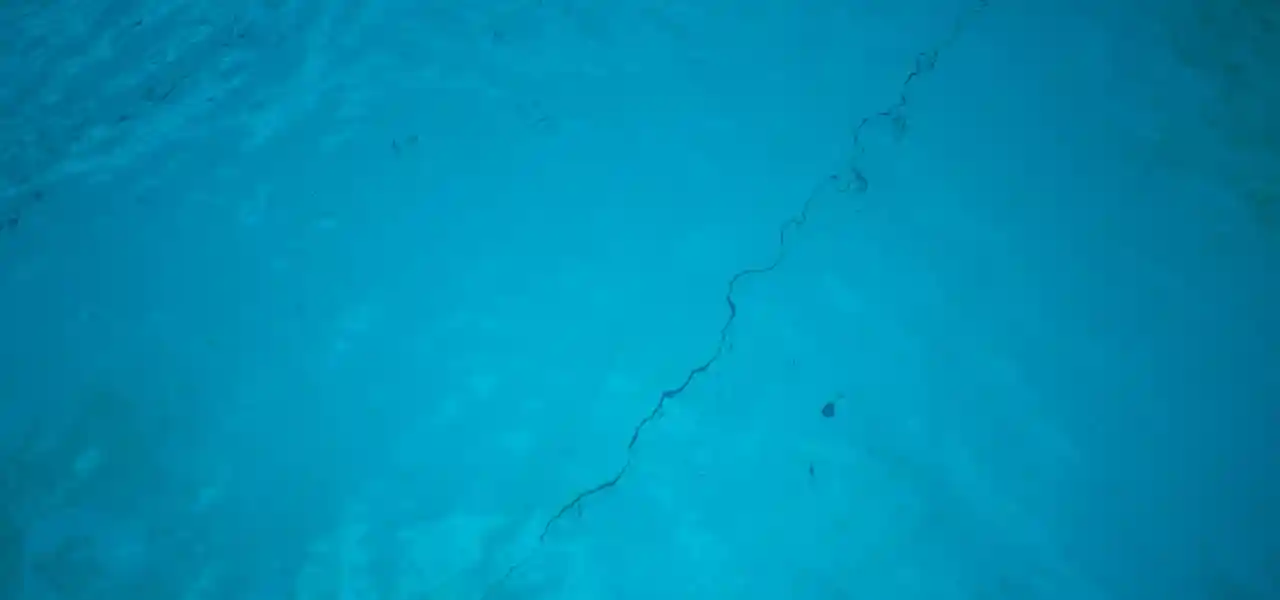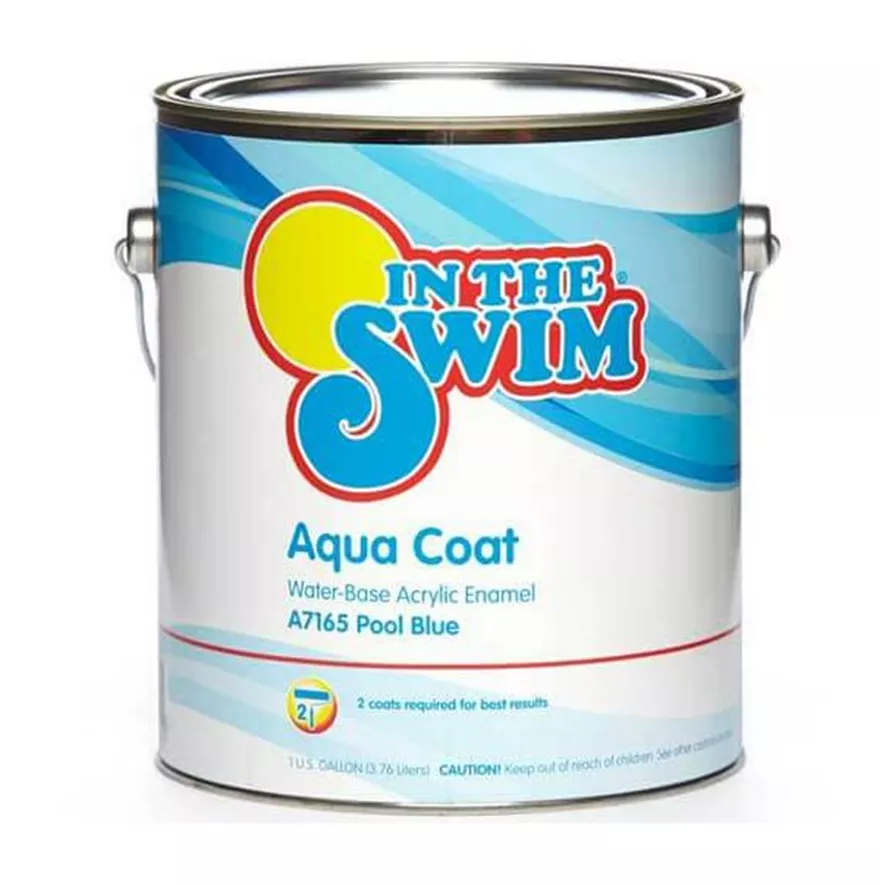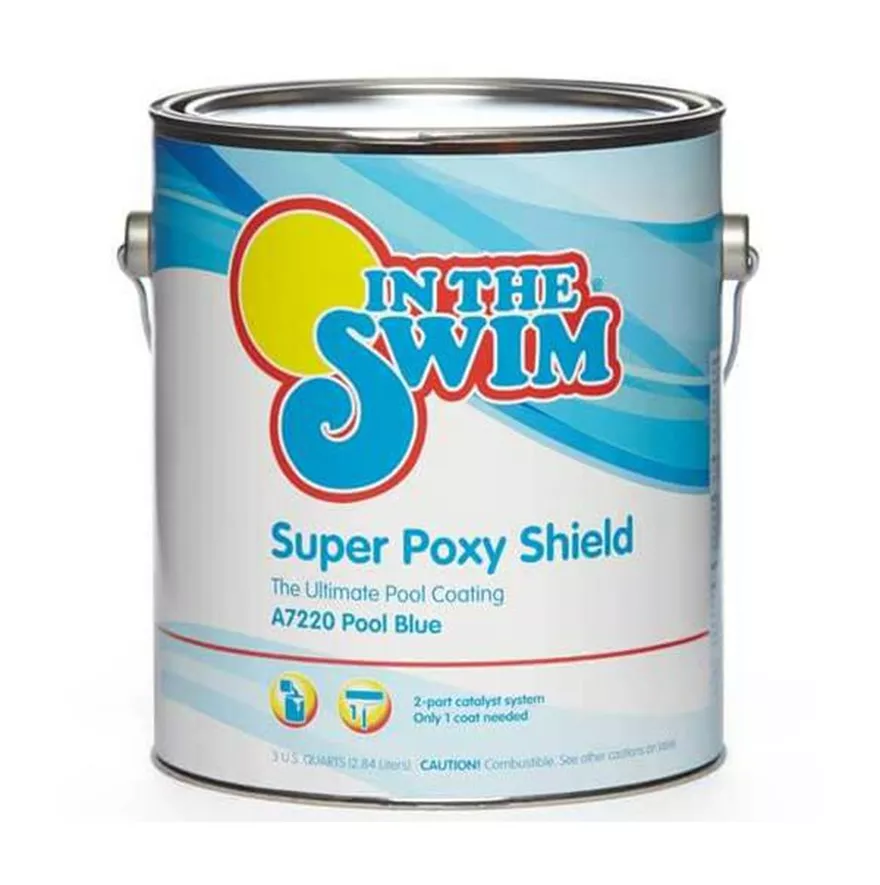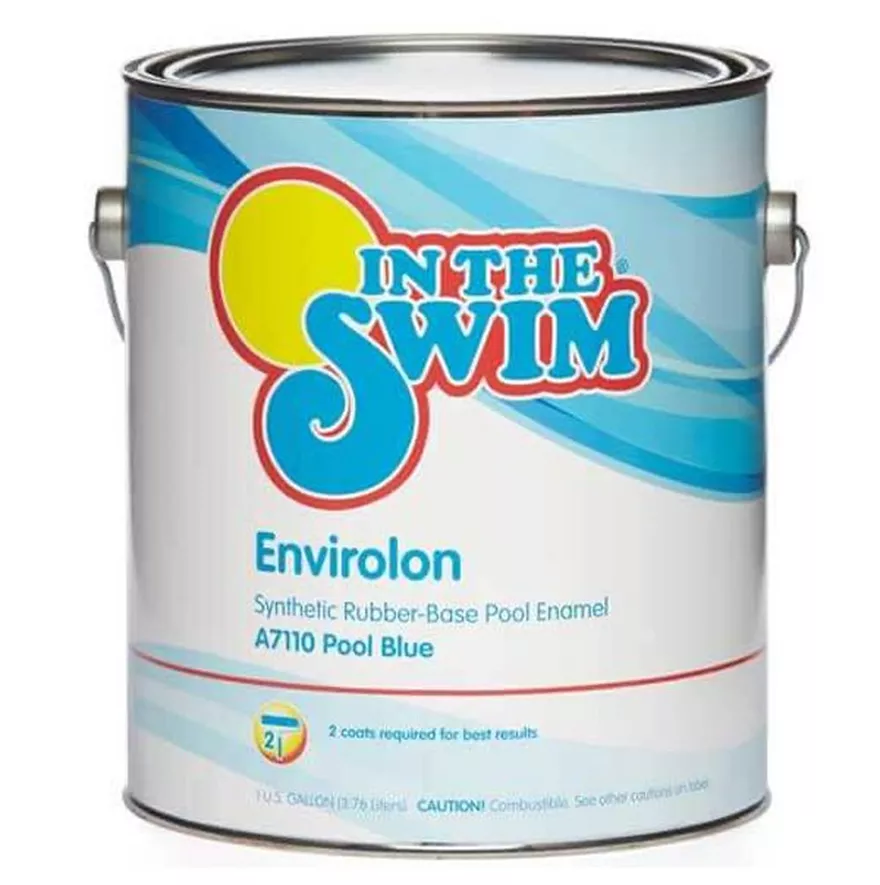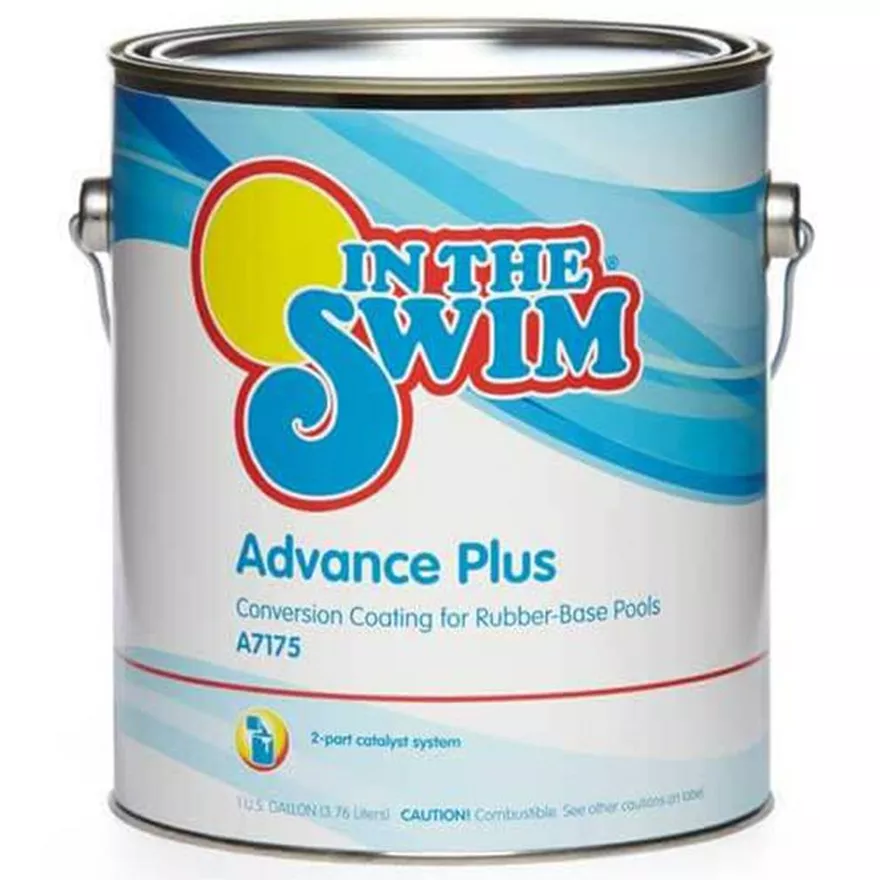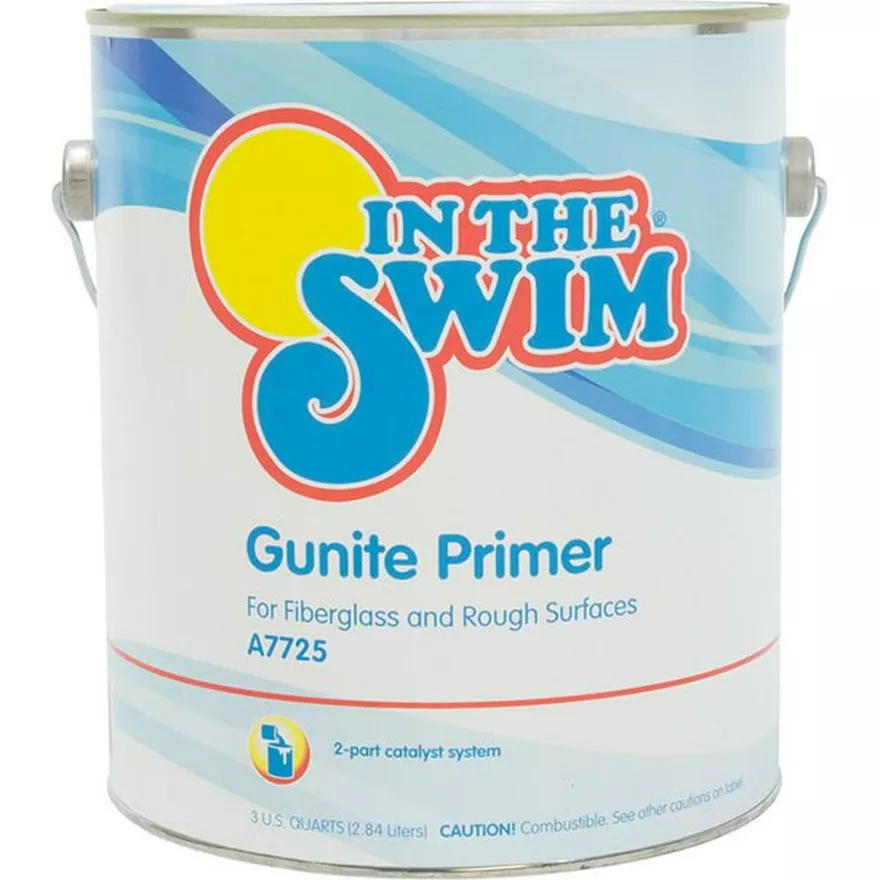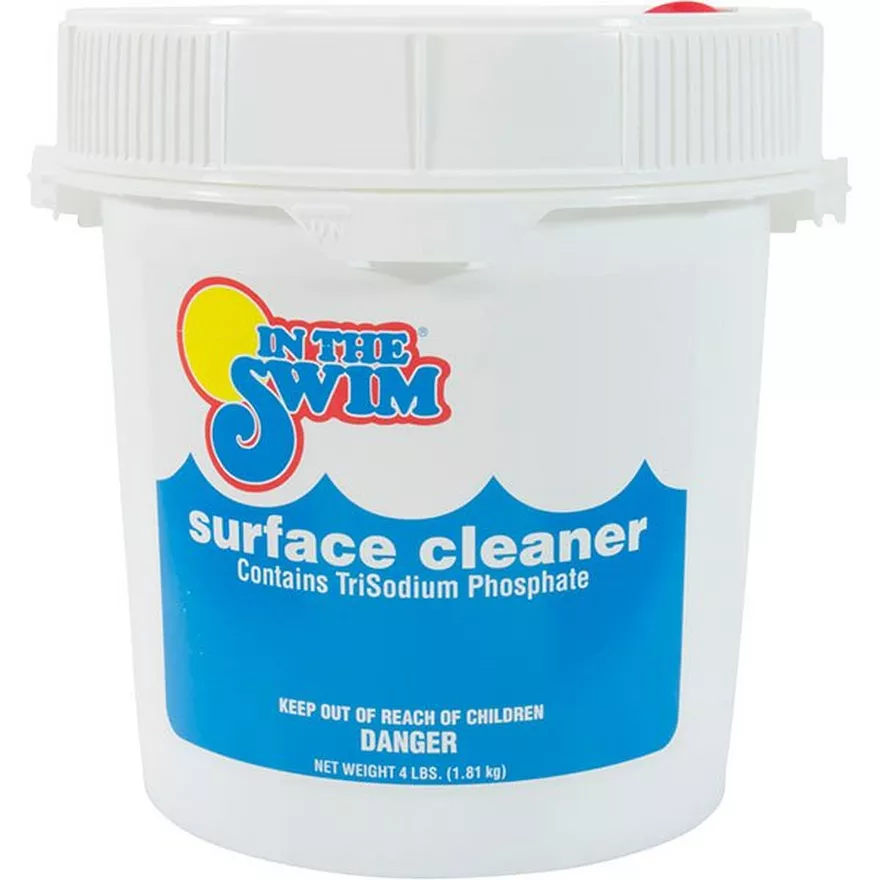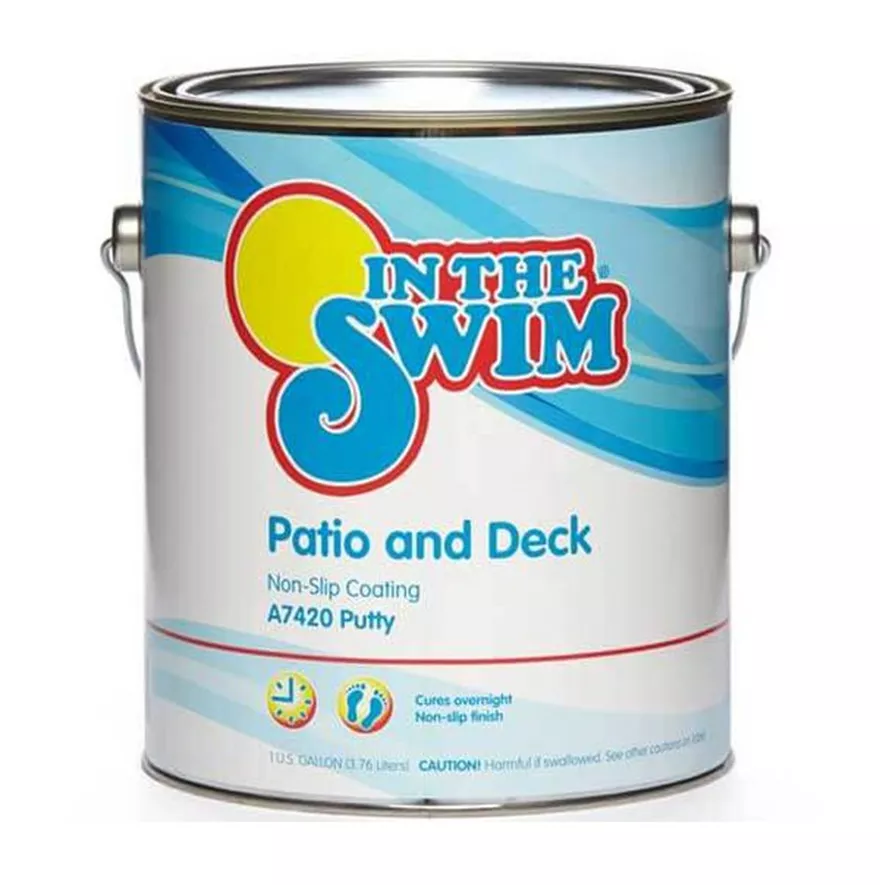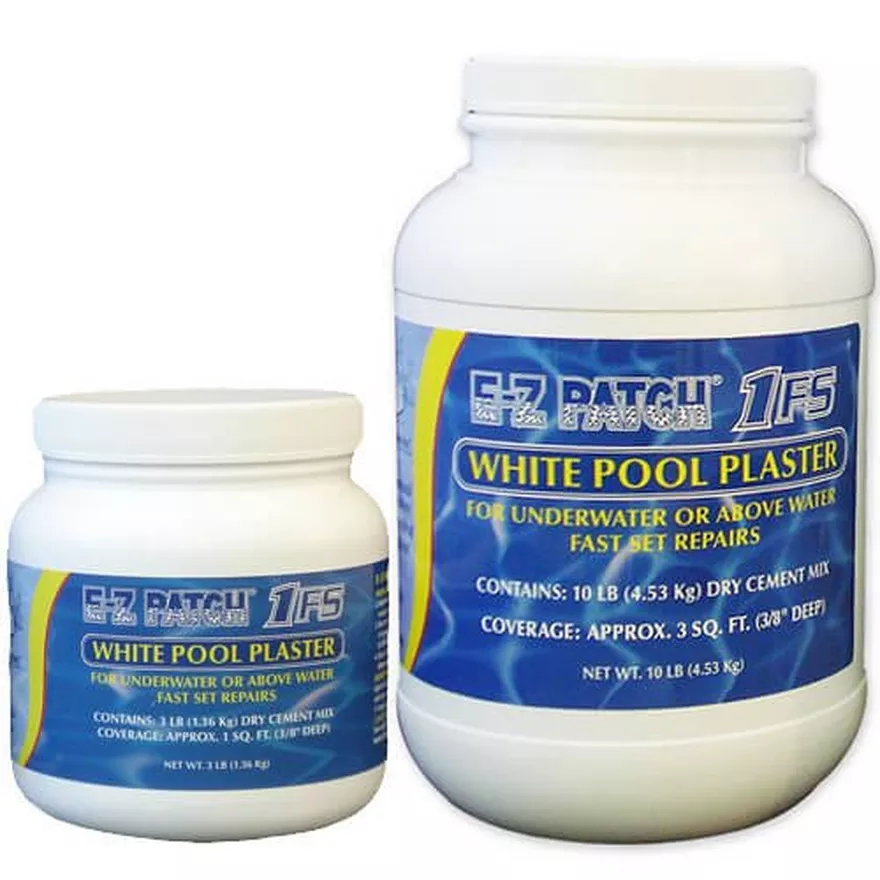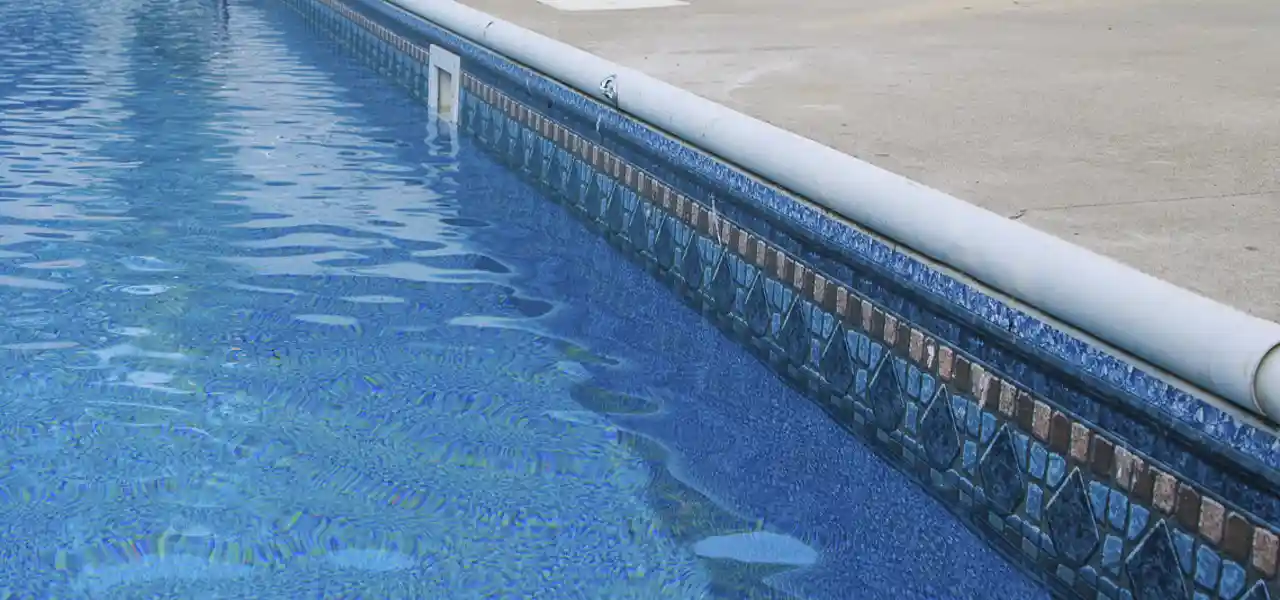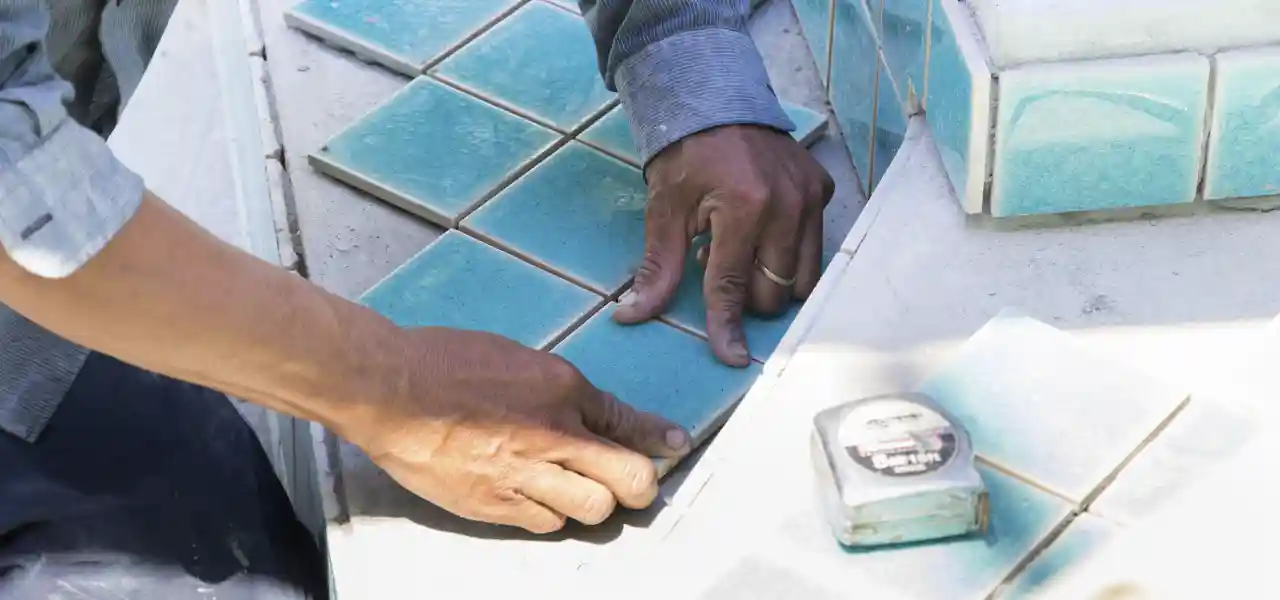Cracks in your inground pool? Scary, I know. Cracks in a gunite or concrete pool can conjure up all sorts of fears of much worse things. In most cases, pool cracks do not continue to crack, and can be permanently repaired. Today’s post is all about how to repair inground swimming pool cracks in three ways: the easy way, moderately difficult, and extreme crack repair.
Types of Swimming Pool Cracks
Allow me to make a distinction between surface crazing, or check-cracks in the plaster, and cracks that run through the pool shell. It’s not uncommon for plastered pools to develop small, hairline cracks in the surface of the plaster, especially close to the surface, on the top steps for instance. Cracks that run deeper can be seen in the corners, or where a spa wall joins the pool wall, or may develop behind the tile line, in the bond beam of the pool.
Easy Swimming Pool Crack Repair
For small cracks, the easiest repair you can do is to jump in the pool with a mask and a flathead screwdriver. Scrape the screwdriver down the crack to remove any loose material, and widen the crack a little bit. Use a stiff brush to remove any dirt, oils or algae on the bonding surfaces.
Next, mix up some pool putty in equal parts and roll it with your hands. Push the putty into the crack and smooth it out with your hand.
Moderate Swimming Pool Crack Repair
For a moderately difficult crack repair, but one with more permanence and more likely to match the plaster color better, start by draining the pool. Avoid draining the pool after heavy rains, and be sure to pump the pool to a far away location, to be sure the water doesn’t run underneath the pool. Once the pool is drained, find your hydrostatic relief plugs plastered into the floor. Chip away the plaster inside of the plug, so you can grab it with straight pliers and unthread the hydrostat plug.
Next, widen the crack using a 4 inch grinder. If the crack is small enough, you can also use a drill with a masonry drill bit. You can rent these at any rental shop. Wear eye and ear protection, heavy gloves, boots and long pants. It will get dusty, so a dust mask is also a good idea. Use care if you use a grinder, they are very dangerous and can easily lop off a finger, or cut a deep gash in your leg if it gets away from you. As you widen the crack, use the grinder or drill to ‘dovetail’ the crack, which means to cut it at an angle, to create a reverse ‘V’ in the plaster, and into the concrete beneath. After you have made your cuts, clean out the crack with a garden hose, to remove any loose material and dust.
Patching the Pool Crack
Now you can mix up a small batch of pool plaster mix to fill in the crack. If your crack is over 1″ deep, or for replacing large chunks of the pool wall, first use a hydraulic cement to fill in most of the area, but leave the top 1/2 inch or so, to cover over with plaster mix.
You can also use EZ-Patch 1, a fast-set pool plaster mix that can be used underwater or above water. Great for patching cracks in the pool, or to pack into voids around skimmers, drains, lights or returns. Plaster patch is also useful for pool tile repair and as a pool tile grout replacement.
For the best bond, paint the crack with a bonding additive, such as Acryl 60, just before laying in the cement or plaster mix. For vertical crack repair, use a slightly drier mix to avoid slump, and check on it every few minutes.
After the crack has been filled with plaster, it’s important to keep the area wet, to prevent the mix from drying out too rapidly. Lay a wet towel or burlap over the area to keep moisture in, and spray it with water twice a day, until the pool is refilled. You can also tape plastic over the area, with a few small air holes every few inches. Plaster repair mix is meant to cure underwater, so you can begin to fill the pool immediately after you exit the pool.
Extreme Swimming Pool Crack Repair
For cracks that run down the wall and across the floor of the pool, a more aggressive approach is necessary. The two most common types of aggressive repairs are staples and epoxy injection.
Staples
In this crack repair, all of the ‘moderate’ crack repair steps above are performed with one unique difference. Every foot or so, a horizontal cut is made perpendicular to the crack, holes are drilled on either side, and a steel or carbon fiber ‘staple’ is epoxied in place.
This method locks the pool wall together on both sides of the crack, like a Frankenstein-stitch. Several companies produce these staples, with the main supplier being TorqueLock. The staples used on pool cracks are generally about 6 inches wide. After the staples are set in place, the holes are covered up with plaster, or the entire pool can be replastered or painted.
This approach is not needed for most pool cracks, which are not structural, and those for which future movement is not a concern. However, it will provide the best and most permanent repair to large, widespread pool cracking.
Epoxy Injection
Another method of extreme pool crack repair fills the entire crack all the way through the pool shell, and not just on the surface. Epoxy sealant or Urethane foam is shot into the crack under pressure, to fill every void from front to back.
Epoxy injection may be used along with staples for the best way to patch pool cracks. Companies like Aquabond Adhesives have created a kit that is easy to use to repair small cracks. It’s a more involved repair because you have to install injection ports along the crack which are sealed into place, to allow the urethane foam to completely fill the crack and bond tightly to surfaces.
First widen the crack, clean the surfaces and remove any loose material. Then use the modified epoxy paste to cover the entire crack, securing the injection ports every foot along the crack. When the paste hardens, you flush the crack with water and then inject the ports with the expanding epoxy foam until it flows out freely. Once dry, grind off the injection ports and the surface seal flush to the surface.
So now that you know what to do, it’s time to get cracking! On some swimming pool crack repair, that is! Oh, and most cracks just need the easy and moderate solutions shown above, very few pool cracks will need staples or injection repairs. Beam damage, where the pool crack is running horizontally behind the tile line, is another type of cracking.

